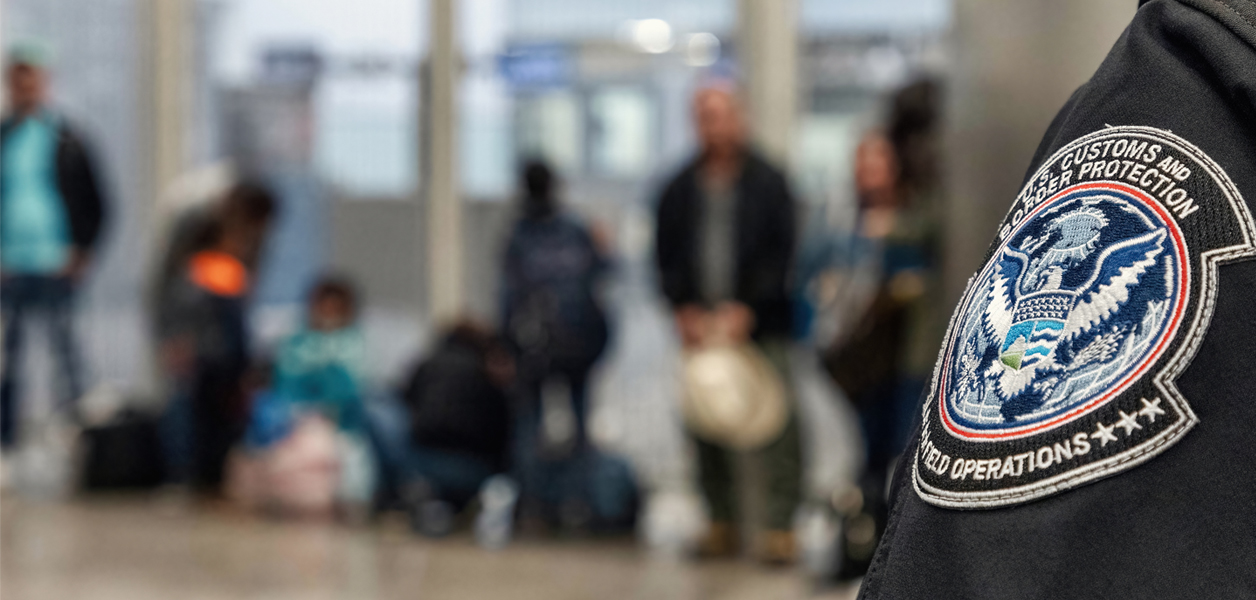Quest Diagnostics’ annual Drug Testing Index for 2024 shows the percentage of U.S. workers who tested positive for fentanyl in random on-the-job drug tests was seven times greater than the percentage of people whose preemployment tests were positive, according to Safety+Health magazine. This indicates more workers are using fentanyl after they have passed preemployment drug screenings.
Quest Diagnostics researchers examined the results of more than 8 million samples taken in 2024; samples came from the general workforce and employees in safety-sensitive jobs who complete federally mandated drug testing.
Positivity for fentanyl was 1.13% in random on-the job drug tests, which was 707% higher than in preemployment tests (0.14%). During the past five years, the random fentanyl positivity rate is 400% higher compared with preemployment testing; random on-the-job positive tests for marijuana were 42% lower than preemployment testing during the same period.
Additionally, 60% of specimens positive for fentanyl among the general workforce in random tests were positive for other drugs, including marijuana (22%) and amphetamines (16%), and marijuana had the highest positivity rate of any drug among the federally mandated safety-sensitive workforce. The drug positivity rate for the federally mandated safety-sensitive workforce fell to 2.3% in 2024 from 2.4% in 2023.
“It is disturbing to see increased use of fentanyl on the job and in combination with other drugs, given fentanyl’s extreme potency, which can increase risk of impairments, accidents and potential overdose,” said Suhash Harwani, senior director of science for workforce health solutions at Quest. “It also raises concern that employees are turning to a dangerous drug like fentanyl after they’ve passed a preemployment drug screen, putting the overall wellness of the workforce at risk.”
According to CPWR—The Center for Construction Research and Training, construction workers overall account for about 17% of overdose deaths among the working population even though they only make up about 8% of the U.S. workforce. Learn about how your company can be prepared to respond to an opioid overdose emergency.





